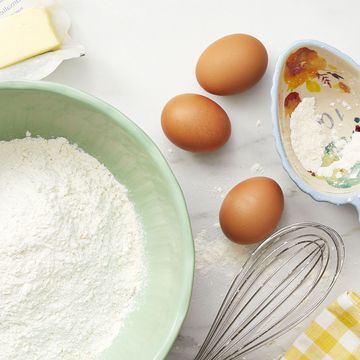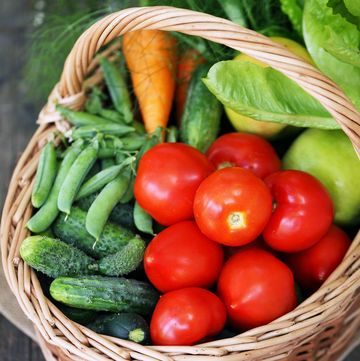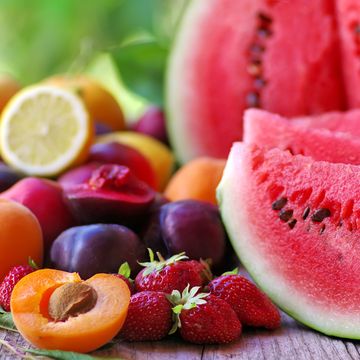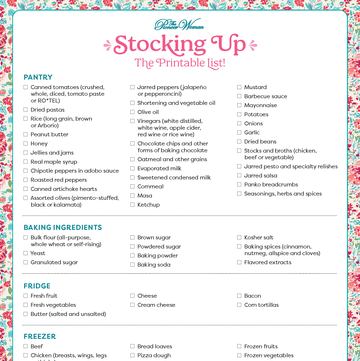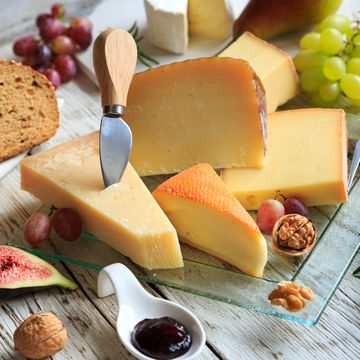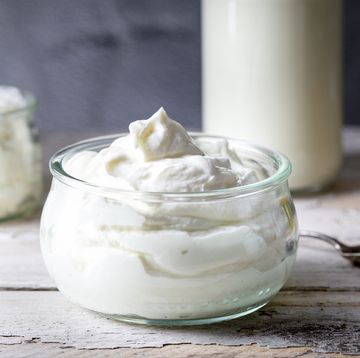7 Best Tapioca Flour Substitutes if You Need an Easy Swap
Find the one that works for you!
Every item on this page was chosen by a The Pioneer Woman editor. We may earn commission on some of the items you choose to buy.
You probably have at least one kind of flour in your pantry, but do you have tapioca flour? It can be used to thicken soups, sauces, gravies, and pie fillings, and bakers use the gluten-free flour to give breads and desserts a pleasantly chewy texture. Tapioca flour is a staple in many parts of the world, including the Caribbean and South America (try it in this Brazilian Cheese Bread!), but it’s not quite as common in the United States. If you find yourself needing tapioca flour, don't worry: There are a few easy tapioca flour substitutes that you can try in a pinch. Read on to find the one that works best for your recipe.
But first, what is tapioca flour exactly? If your mind goes straight to tapioca pudding, you’re not totally off—but tapioca flour is not the same as the pearls used in the classic dessert. Tapioca flour is made from cassava, a starchy root vegetable (also known as yuca). Like most flours, tapioca flour is a fine, white powder. It's flavorless, which means it's great for both sweet and savory recipes. You may also find it labeled as tapioca starch. In fact, it can be used much like cornstarch in many recipes. The best tapioca flour substitutes are other flours or starches.
Is tapioca flour gluten-free?
Yes! Tapioca flour is naturally gluten-free. (Always check ingredient labels to make sure that your flour is produced in a gluten-free facility.) Because it can be used for baking or as a cornstarch substitute to thicken fruit pies, puddings, soups, sauces, and gravies, tapioca flour is a great ingredient to keep on hand if you have a gluten intolerance or just want to cut back on gluten.
Where can I buy tapioca flour?
There used to be a limited variety of flour varieties at the supermarket, but these days, the flour options are endless! Look for tapioca flour in the baking aisle at your grocery store, or try a natural foods store. Tapioca flour can also be ordered online. Just don’t confuse it with tapioca pearls—those are used to make pudding!
(Want to learn more simple pantry swaps? Check out these regular flour substitutes.)
Watch Next

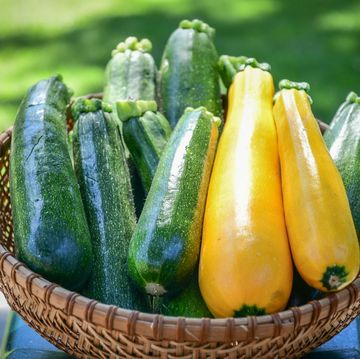
Follow This Trick for Freezing Squash
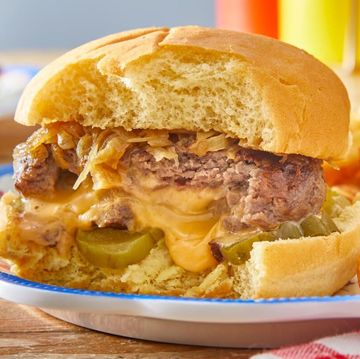
The Ultimate Guide to Burger Temperatures
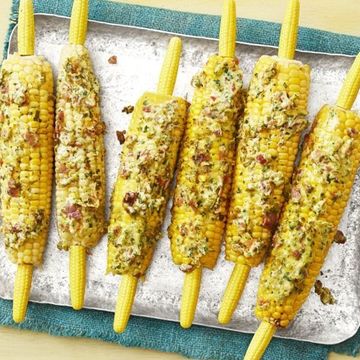
How Long Does It Take to Boil Corn on the Cob?

How to Pick the Perfect Watermelon









